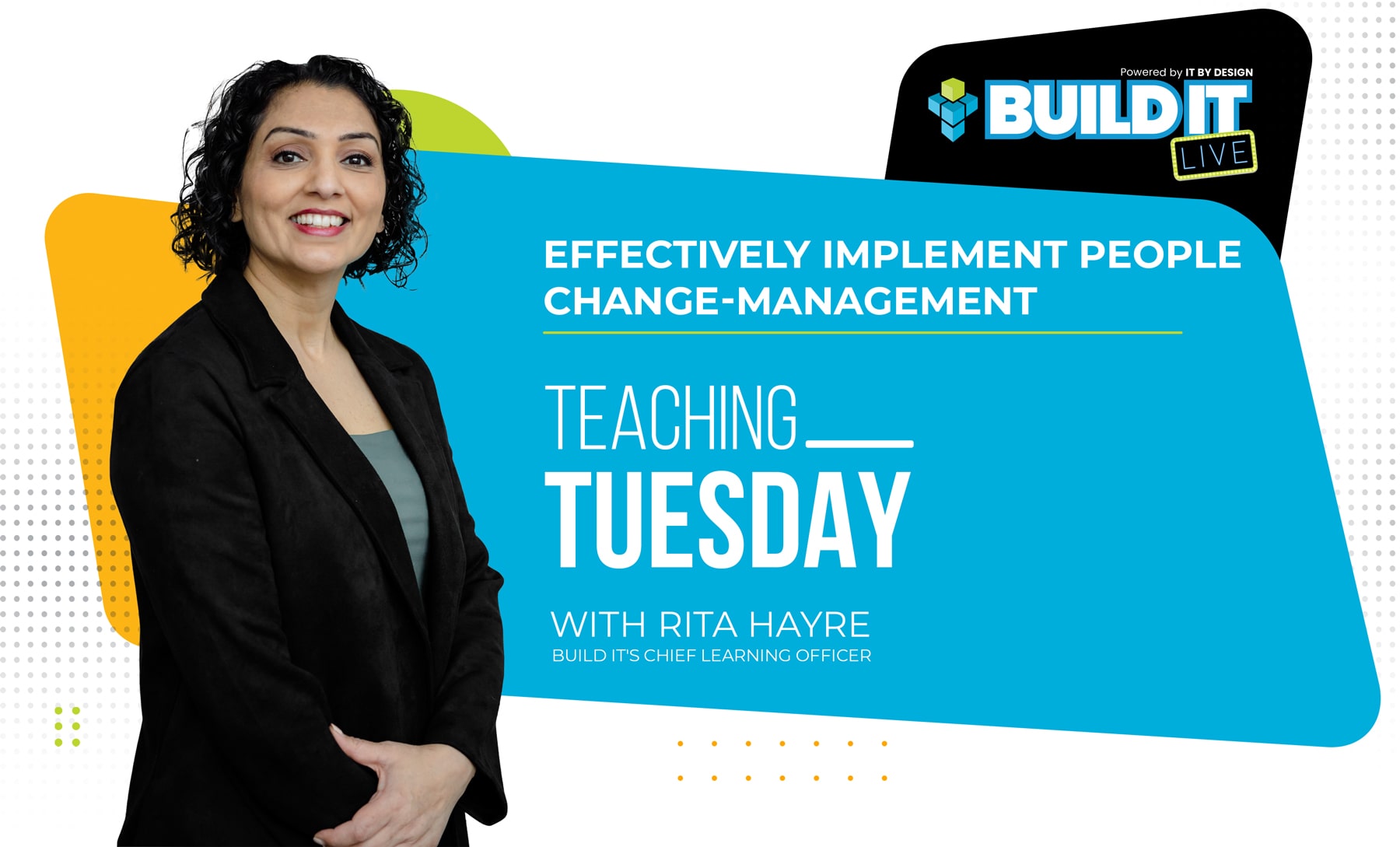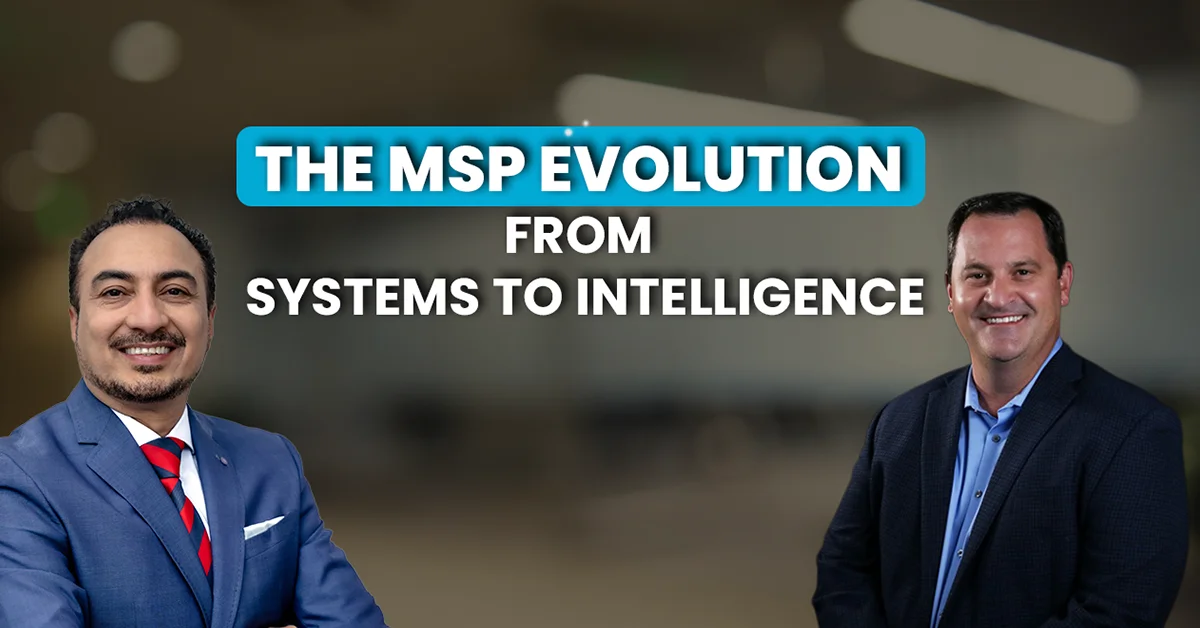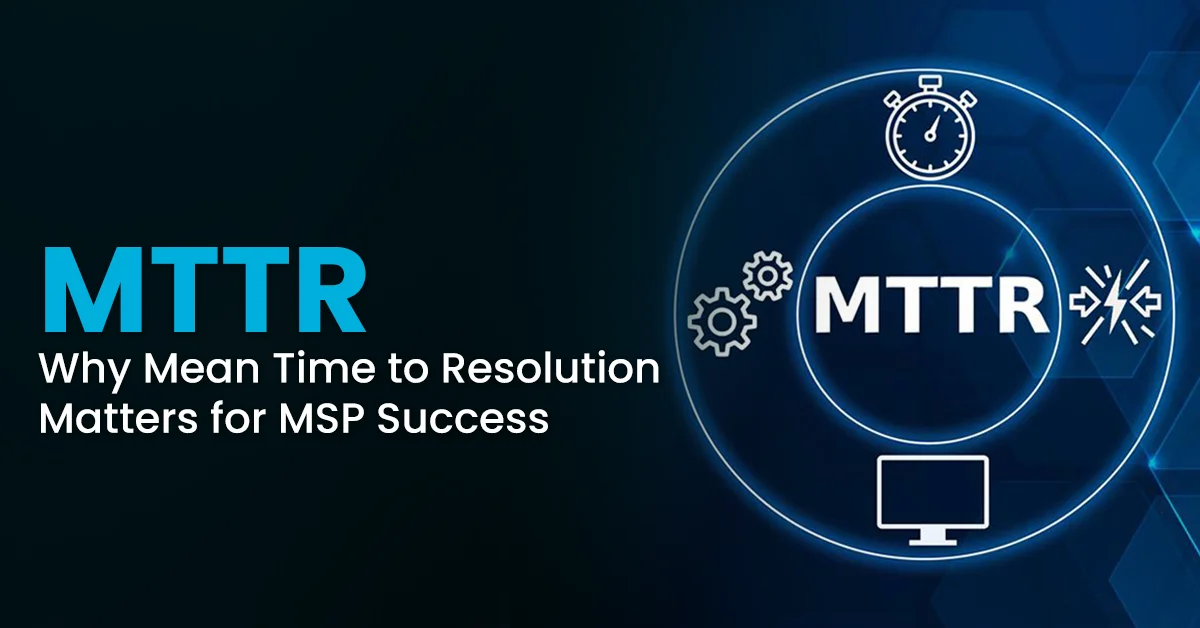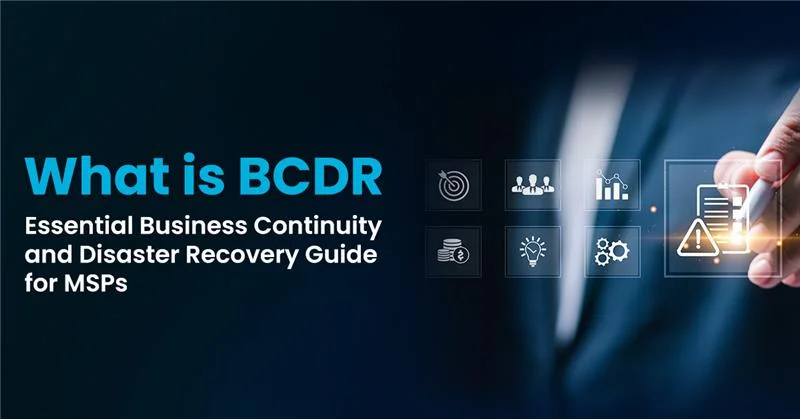MSPs are well aware of technical Change Management processes, and there are a lot of processes in place to help support the success of these changes. Where there is a gap, however, is with people Change Management processes. As any leader who has tried to initiate a change for people, things can go wrong, very quickly, which is why 70% of change initiatives fail.
While there are several people change-management frameworks, the most effective and simple tool is also the most popular one – ADKAR. So what does is stand for:
- Awareness: People need to be aware of a problem or situation that isn’t ideal.
- Desire: People need to want to change the problem or situation.
- Knowledge: People need to know that they can change the problem or situation.
- Ability: People need to know how to change the problem or situation
- Reinforcement: People need to see the positive value of changing the problem or situation.
As you can see, the critical component of this model is communication with the stakeholders. It’s not enough for leaders to tell people to change – in fact, that is likely to get people to immediately get their backs up and resist the change all together. Before people will change, they need to agree that there is a problem. A concerted internal marketing campaign needs to be developed to highlight the problem enough that the people start to complain about the problem. Then and only then, will they want to address the situation with any type of change in behavior.
To increase the chances of success for your next change initiative, ensure that you are including a robust people change management communication strategy with your technical project plan.








